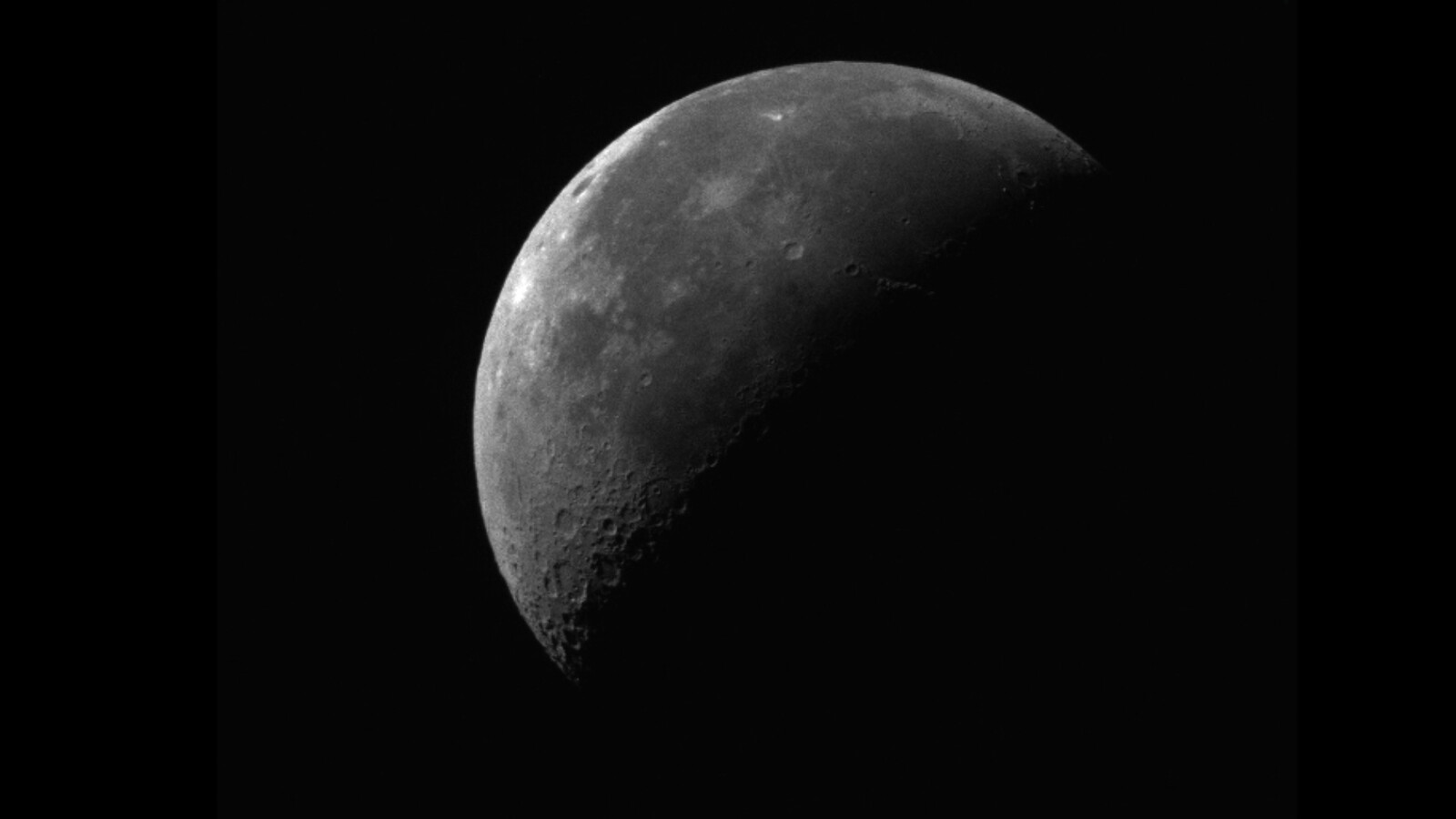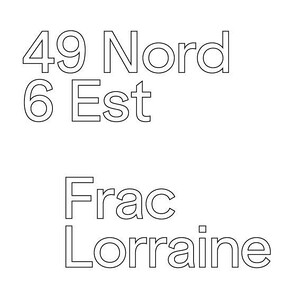Aurélie de Heinzelin: Degrés Est
March 12–August 15, 2021
1 Bis Rue des Trinitaires
57000 Metz
France
Hours: Tuesday–Friday 2–6pm,
Saturday–Sunday 11am–7pm
T 0033 0 3 87 74 20 02
info@fraclorraine.org
With Others
With: Yussef Agbo Ola, Memory Biwa & Robert Machiri, Borgial Borgial aka Exaucé Nienguet-Roger aka Monochrome Noir, Julien Creuzet, Inès di Folco, Sean Hart, Hlasko, Tarek Lakhrissi, Fallon Mayanja, Elsa Mbala, Jenny Mbaye, Ibrahim Meïté Sikely, Hugo Mir-Valette, Aisha Mirza & Mahta Hassanzadeh, Liz Mputu, Josèfa Ntjam, Nolan Oswad Denis, Nicolas Pirus, Tabita Rezaire, Bogosi Sekhukhuni, Justine Shivay, Kengné Téguia, Mawena Yehouessi aka M.Y
With others. Like a title covered by others—titles, but also authorities, identities, communities, mediums, people and personalities. But, the title of an exhibition, without any real preconceived themes, in any case, “fixed,” in any case “preconceived” [in any case one that hopes for itself / that lets itself read from now on as such.] An exhibition without a pass|code-word, without grandiloquence, without climax or linearity but with affinities to weave, imagine, concoct. In sum, a title + show that are quasi-logistical: a platform, a conspiracy, a common ground.
This being said, I’ve also heard that the starting point was about bringing together artists from African ascent. Artists that one has made their mission to hire in spite of the context of a rare dedicated season, but about whom one realizes quickly the “common” about it all might be nothing else but is this place and the strange alien(ating) circumstances of a new summons-invitation to cohabit, coexist, cogenerate.
Because With Others is neither “together,” “all-the-same,” nor “separately.” With Others, (All-) against / on-the-contrary, is the failure of a hasty, catchy universalism, the undoing of a perennial folkloric alliance. An exhibition mid-way between the earnest utopia of a necessary doing-with and the tragic consecration of an elsewhere (not-) making the link, an elsewhere (not-) making-ground and of an elsewhere (not-) making-language—for, and by, us all. An exhibition, like a meeting of disparate engagements then, of which the unity, or the connection(s), are only to be found within ; towards a myriad of other heredities, other futurities, precarious connections and solidarities, incidental and “from the bottom now we here.”
Through the association with an Institution (49 Nord 6 Est - Frac Lorraine), with two curators (Fanny Gonella / Agnès Violeau), four artists (Tarek Lakhrissi, Josèfa Ntjam, Tabita Rezaire, Kengné Téguia), and a network of words and hands cited for once, there are thus different and plural entities, physical and mental or individual and collective beings who, each operating the reality-facet of a diffracted world, aren’t trying to de.monstrate/exhibit anything really, but the fact it’s already hard enough to learntry to be alone, alltogether.
With “several” others, thus: scales, speeds, incarnations, incantations, acquisitions, restitutions, architectures, (bone) structures, ghosts, resistances, inconsistencies or good intentions. A singularity of practices that train, stun, avenge, hybridize/debride, and wrap (us)—carefully?
Anyway, what interests me there, and above all here, is to find back that hazardous humility of a title that reminds perhaps that no matter how badly we (expect / wanna / are able / care) to share anything : still, it remains an exorable effort, that of learning to expose/exhibit oneself to the many, without demands but in spite of, and despite, all. Nevertheless, understood that in our hoods : we burst all our exhibitions to song, with others.
Mawena Yehouessi, curator, artist & researcher involved in the writing/rewriting of the texts for the exhibition.
Degrés Est: Aurélie de Heinzelin
Aurélie de Heinzelin (*1980 in Rouen, lives and works in Strasburg) graduated from HEAR and the University of Rouen. Working with sources drawn from classical painting and sculpture, Heinzelin has developed a visual language that mixes expressionism with references to the grotesque, elements derived from anatomical illustrations, and horror films. At the Frac, she exhibits a new series referencing Christian tomb architecture. The work’s heavy stasis counters the current cultural obsession with optimizing the body through physical training, and speaks instead to issues of immobility, and the potential for a non-functionalization of human bodies.


